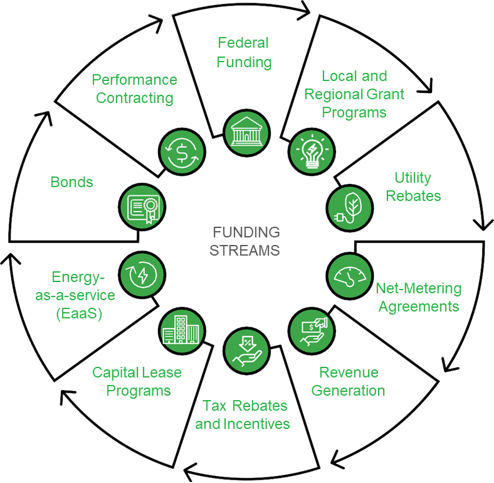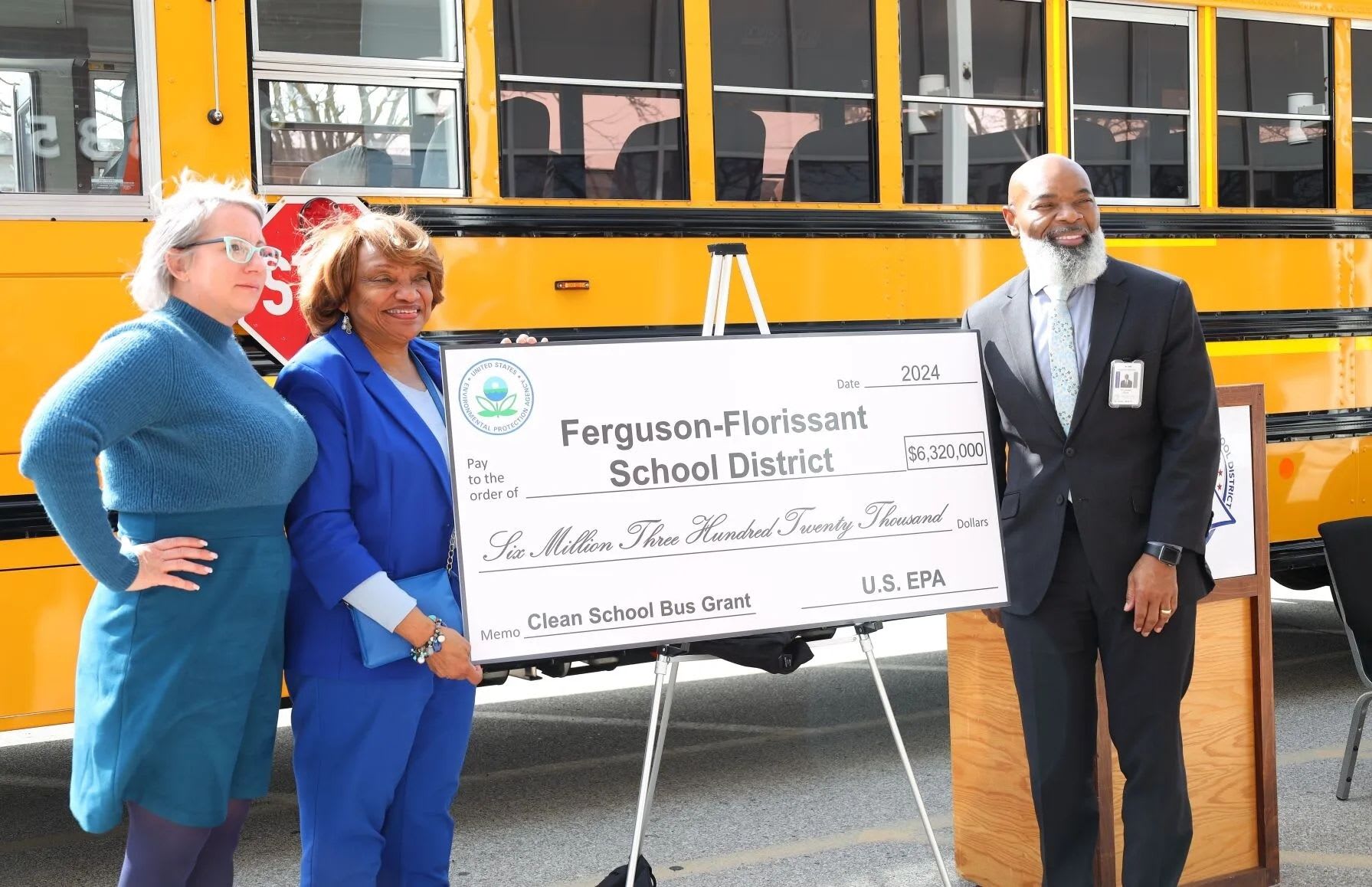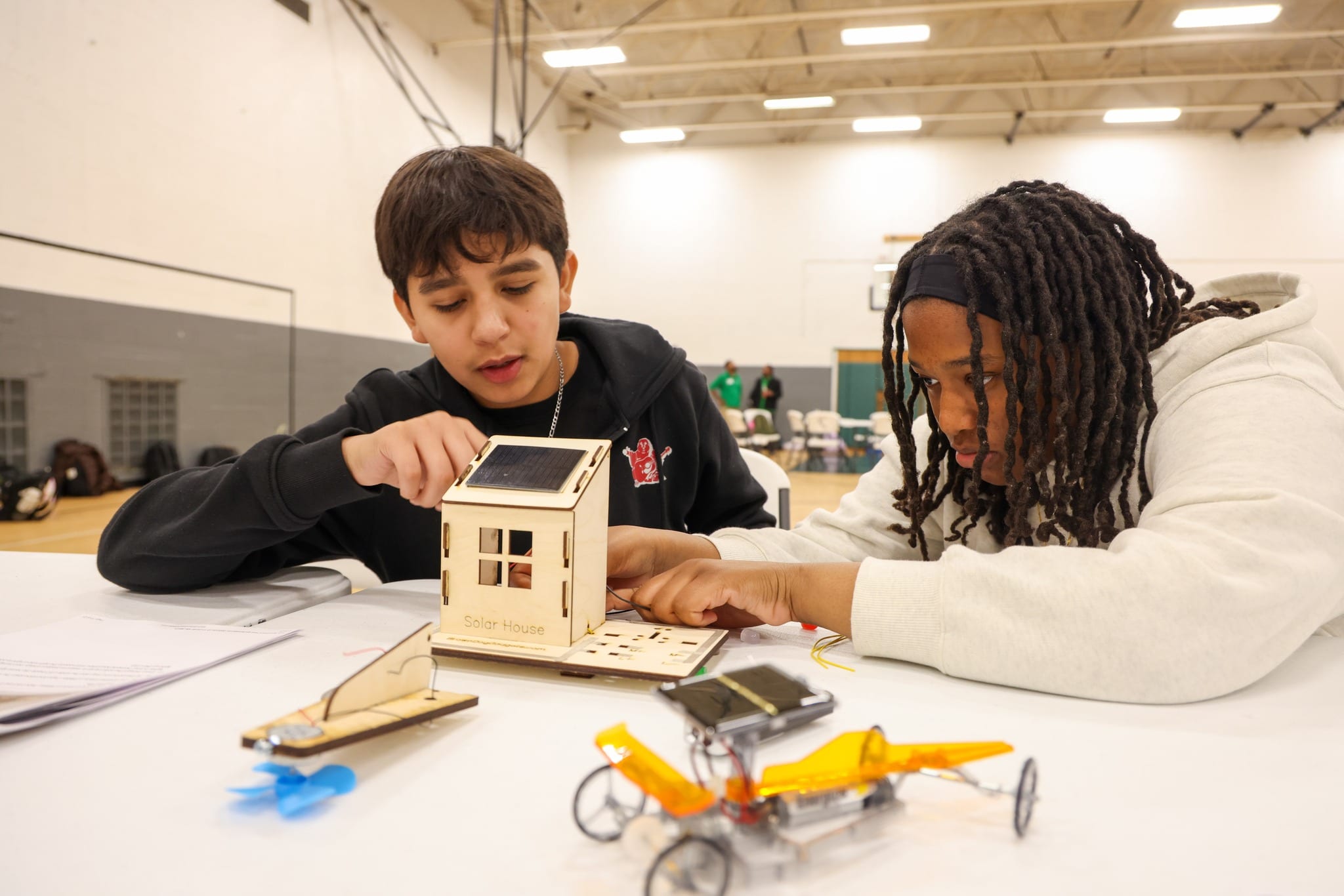K-12 Facility Master Planning: Essential Steps for Success
In the face of declining student enrollment and funding uncertainty, it’s no secret that schools throughout the country are facing unprecedented fiscal and operational challenges.
Meanwhile, over one-third of school buildings in the United States were built before 1970. It’s no wonder that many schools struggle to upkeep their HVAC, lighting, windows, and other building maintenance. While it’s well-understood that a comfortable, updated classroom can play a role in the learning experience, it is important to recognize just how important the right learning environments are to student success.
With a growing backlog of deferred maintenance, losses of tax revenue, and uncertainty in federal and state legislation — educators have a steep list of competing priorities to address. More than ever, school districts are tackling these priorities through long-range facility master planning.
Read on to understand what this process looks like, and how districts are improving budget stability, creating modern, comfortable learning environments, and making a positive impact in their communities.
Moving from ambition to impact

Before developing a long-range plan, school districts must have a clear understanding of their goals and the needs of their stakeholders: students, staff, parents, and the surrounding community. It is crucial to closely engage and align with these stakeholders early on and throughout the planning process.

It is also important to understand the landscape of available funding opportunities at a local, state, and federal level. Aligning your objectives with a strategic funding plan will help you prioritize a course of action. Outside funding can be leveraged to make smart investments that will yield long-term budget stability.
This often means prioritizing projects that support both your district’s long-term and short-term needs, including projects that:
- Address the concerns and complexities of your community, students, and staff in providing tangible improvements that are both seen and felt.
- Simultaneously deliver better learning environments while creating stability in the budget.
- Tackle deferred maintenance to create savings that provide for future facility priorities.
Outside funding programs that are beneficial but not new to many districts include the COPS School Violence Prevention Program, COPS Hiring Program, STOP School Violence Program, and Department of Education School Based Mental Health Services.
These programs can be sourced by Energy Service Companies. ESCOs have the expertise and experience help school districts secure funding, and couple outside funding with Energy Savings Performance Contracts (ESPCs). ESPCs are shown to multiply the impact of capital infusions by enabling improvements that increase budget stability long-term by lowering utility, maintenance, and operation costs.

Ferguson-Florissant School District (FFSD) is one prime example of how strategically leveraging multiple funding sources can help drive modernization initiatives forward. FFSD was awarded nearly $7M in through the Clean School Bus Program, which they have used to fund 16 new EV buses, chargers, and electrical infrastructure.
“Schneider Electric’s grant consultant helped us navigate a lengthy and tedious application that enabled our staff to stay focused on day-to-day activities. This grant money will further the district’s strategic plan to strengthen our financial and operational stewardship,” says Terry O’Neil, Assistant Superintendent of Operations and Maintenance at FFSD.
Beyond the building: Long-term outcomes for students and community
A well-crafted facility master plan serves as a crucial roadmap for creating safe, modern, and comfortable school environments. As mentioned, your district’s students, parents, staff, and surrounding community members are key to keep engaged in the planning process. A strong communication and engagement plan is essential to ensuring your stakeholders are aligned and informed as your plan progresses.
Another great example of a school district putting this practice into action: Pattonville School District in St. Louis County, Missouri has made significant upgrades to their facilities that improve health and safety and modernize classrooms, and have also brought their students and other community stakeholders along in the journey.

The district deployed a robust communication plan to highlight the benefits of their new facilities, while also turning these efforts into learning and career development opportunities around energy efficiency and STEM. Activities as part of these programs included building solar homes and racecars, celebrating International STEM Day, hearing from a panel of STEM professionals, and a field trip to learn about energy and sustainability careers at a local Schneider Electric branch.

Pattonville’s efforts serve as a reminder that facility master planning is not just about building improvements. At its core, it is really about the occupants within those buildings. Long-range facility planning is an exercise in designing spaces that foster future success for students and the surrounding community.
Facilities that do more
By recognizing the importance of updated facilities, understanding how to achieve these updates, and effectively engaging the right stakeholders throughout the process, school leaders are well-equipped to create a successful facility master plan.
A partner like Schneider Electric can help districts transform aging infrastructure into a foundation for future success. To learn more, download our guide to unlocking K-12 budget stability through facility modernization.
